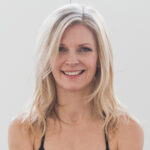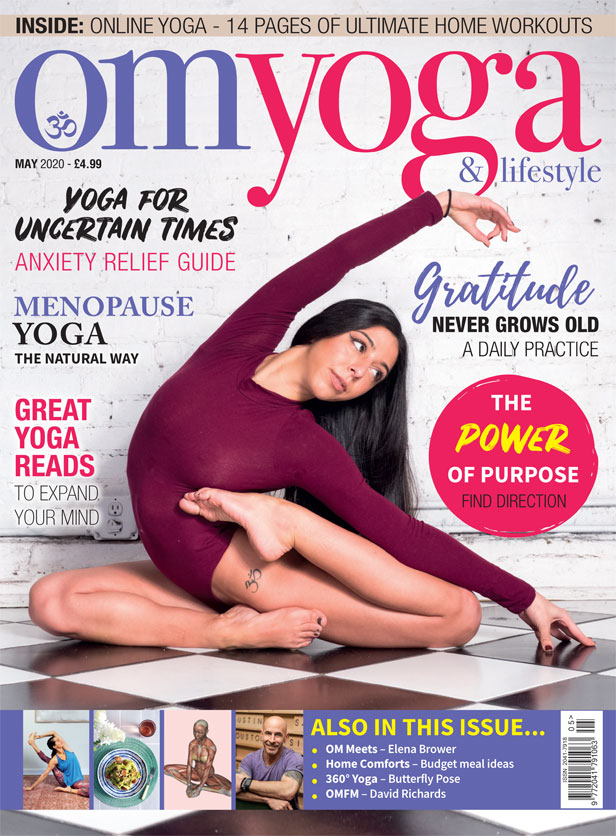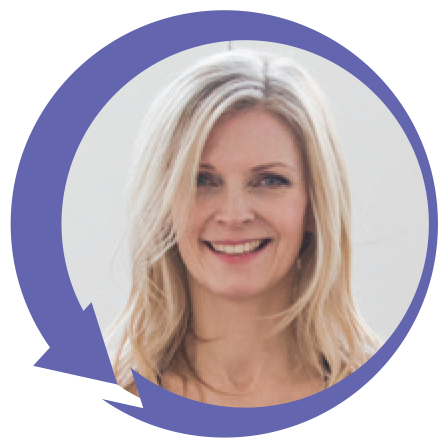
A 360º overview of...
Butterfly Pose (Baddha Konasana)
With Dr Kiki Morriss
As well as improving the flexibility of your hips, it will stretch your groin and inner thighs, whilst encouraging a strong back and abdomen. Baddha Konasana has a grounding, calming effect that will allow your mind to become quiet and focused. When you are comfortable in the position, it can be used as a pose for meditation. Breathe evenly as you set a positive intention (sankalpa) for the year ahead.
The benefits of this pose:
- Butterfly pose improves the flexibility of your hips and prepares the body for other hip-opening poses, such as pigeon.
- The asana stretches your groin and inner thigh muscles.
- It strengthens your back and abdomen.
- Butterfly grounds and reassures, relieving anxiety and tiredness.
- It increases the circulation to all the organs of the pelvis and can address symptoms related to premenstrual, menstrual, menopausal and prostate disorders.
- In pregnancy, the asana can help get you used to the feeling of opening up in labour.
Cautions and modifications
- Take care in this pose if you have a knee or groin injury.
- Do not practice butterfly pose if you have a sprained ankle
- Avoid the forward bend variation of this asana if you have a herniated vertebral disc
Variations
- Try moving your feet further away from your body to take pressure off your knees. Place rolled blankets under your knees for extra support.
- Sit with your back against a wall to give yourself support and to maintain the upright position of your back.
- As mentioned before, sit on folded blankets to prevent your pelvis from tilting backwards.
- Lie on your back with your buttocks and the outside edges of your feet against the wall. Keep the soles of your feet together, allow your knees to drop open. Rest.
- On a slow exhale, bend forwards so your pelvis is in an anterior tilt position and your spine is flexed forwards over your ankles and feet. Press your thighs with your elbows and, if possible, rest your forehead or chin on the floor.
- If you are practicing butterfly with children, ask them to lift their knees up and down as if their butterfly wings are flapping.
Maintain a relaxed and open upper body
- Avoid tension in your shoulders and neck by relaxing your shoulders down away from your ears.
- Use your trapezius muscles to move your shoulder blades away from your head and down your back.
- Lift your sternum a little and open your chest.
- Widen your collarbones.
- Keep your head straight and your chin parallel to the floor.
- Relax your jaw and feel space between your back teeth.
Set up your foundation
- Bring the soles of your feet together, interlace your fingers and clasp your hands around your feet. If this is too tight, hold your ankles.
- Move your heels as close to your pelvis as you can, without feeling pressure in your knees.
- Press your heels and toe mounds together.
- Roll your outer thighs down.
- Press your thighs and calves together.
- Press down through your sitting bones to bring your pelvis upright and your lower back in. If your pelvis is tilting backwards, place a folded blanket or two under your hips. Notice how this brings your pelvis back to a neutral position.
- Relax the undersides of your legs.
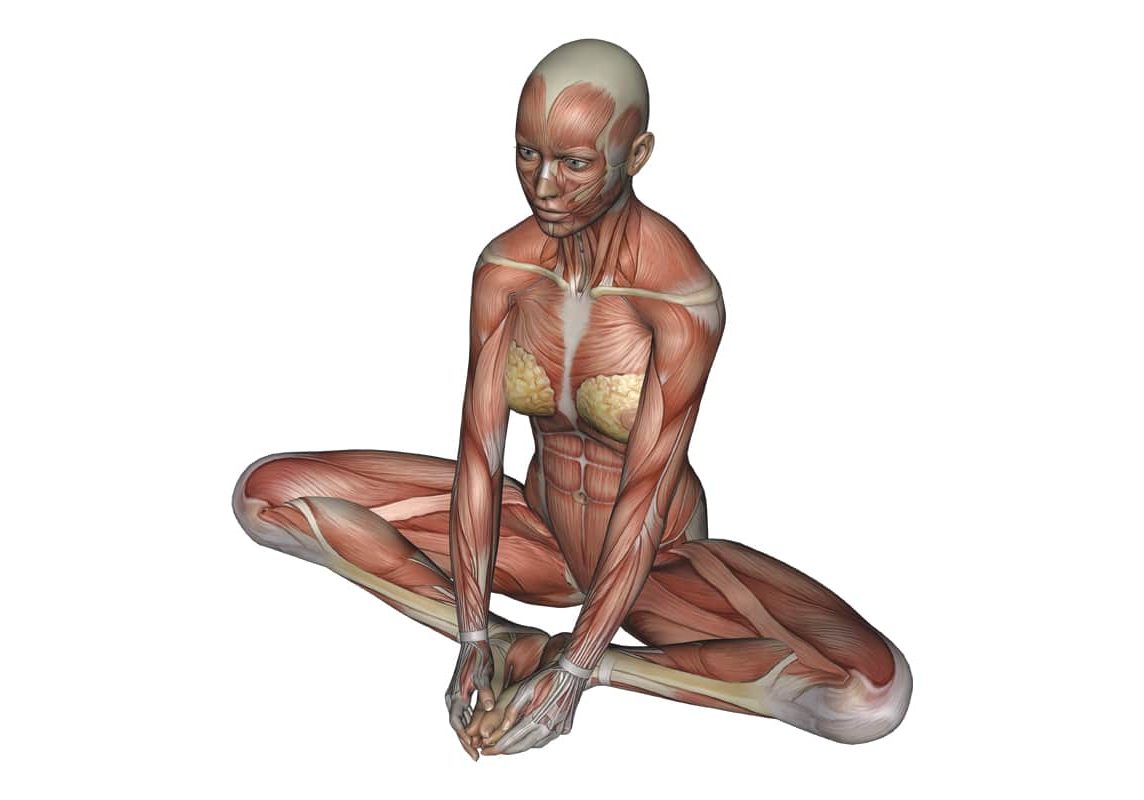
Understand the position of your knees
- As your hip joints externally rotate and as your adductor muscles lengthen, your knees will move closer to the floor.
- Pressing your feet together helps to move your knees outwards, and because they are moving outwards they will move more easily downwards.
- If your knees are off the ground, it may be due to tight adductor muscles (muscular tension) or it may be due to the inherent shape of your hip joints and the fact you have reached your maximum ability to externally rotate them (compression of your bones).
- You can work over time, using mindful breathing, to lengthen tight adductor muscles.
- However, it is important to understand if the resistance in your body is due to compression, so you do not compromise your knee joints in an attempt to move your knees closer to the floor. Compression is usually felt in the joint and in front of the way you want your body to move.
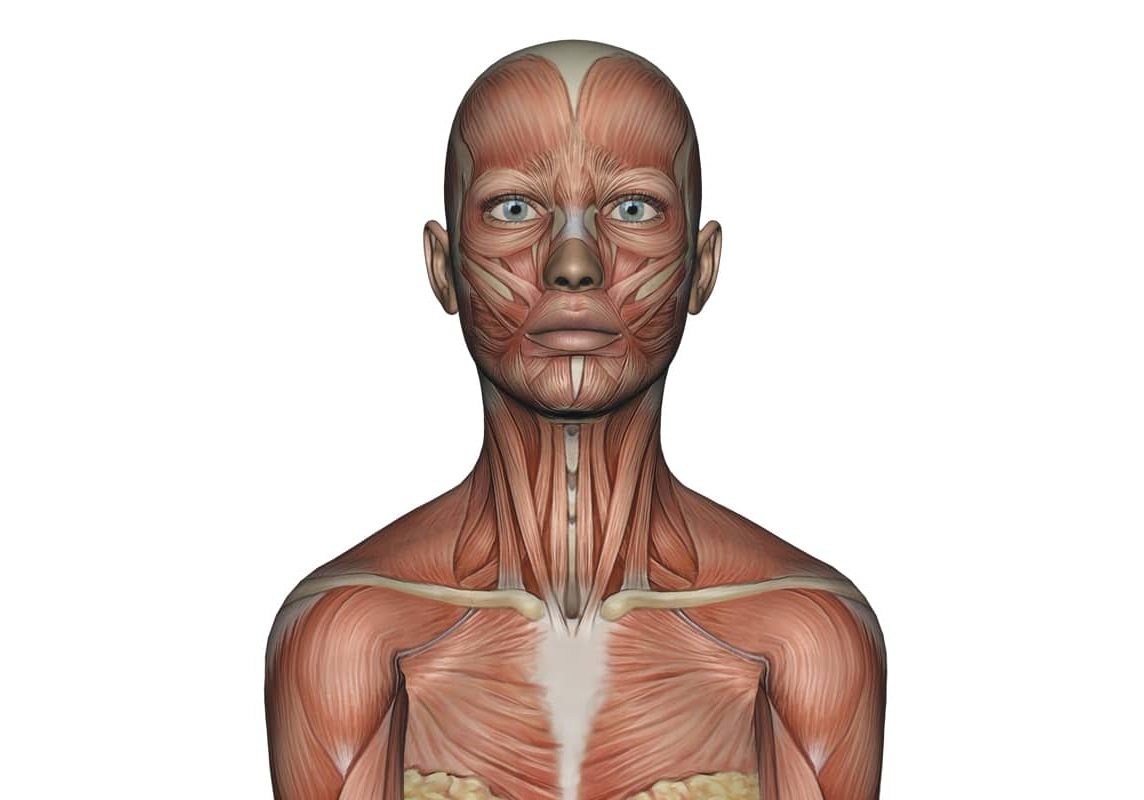
Focus your gaze
- Your focal point (dristi) is towards the end of your nose. If this is uncomfortable, gaze softly at a fixed point straight ahead of you.
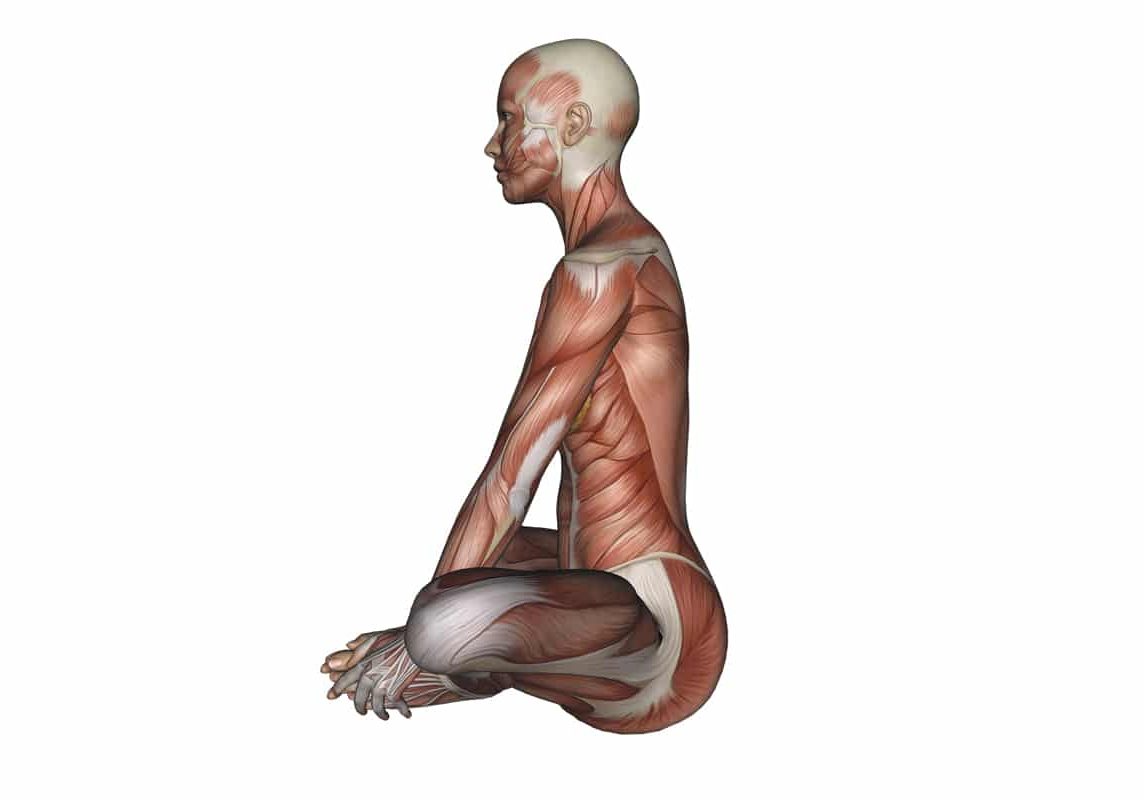
Maintain an upright spine
- Draw up through the crown of your head to lengthen your spine.
- Elongate your core.


